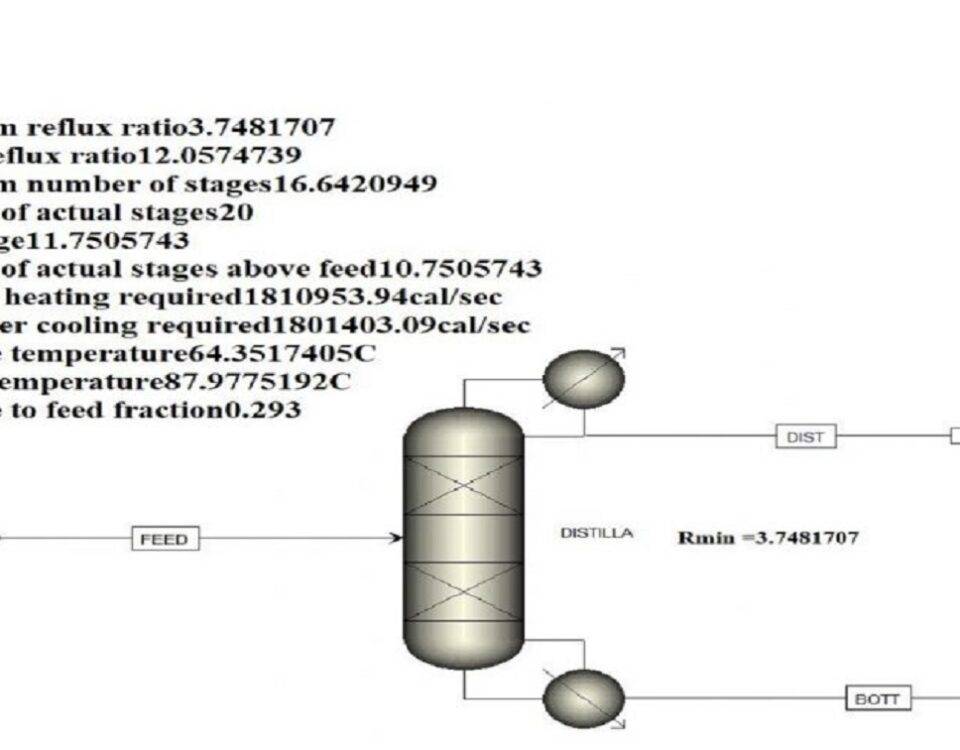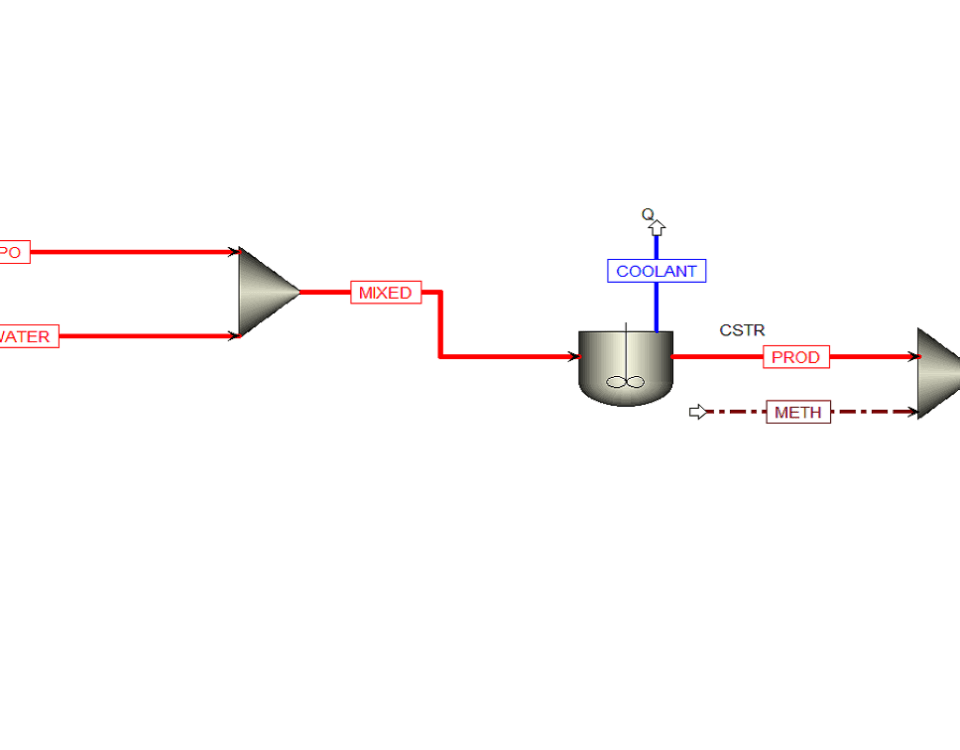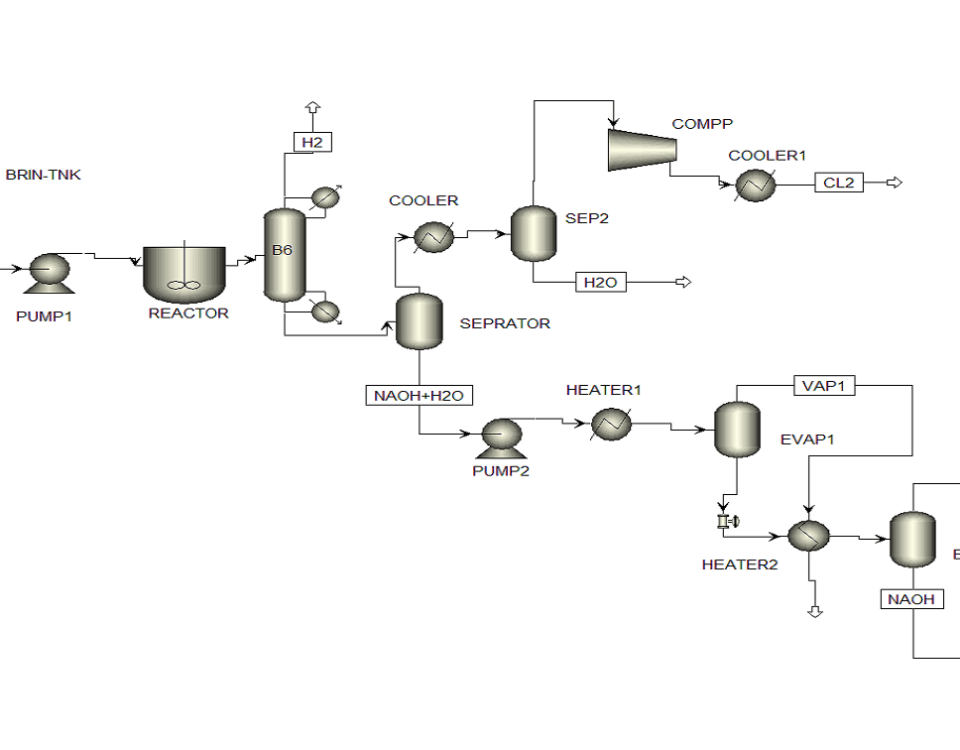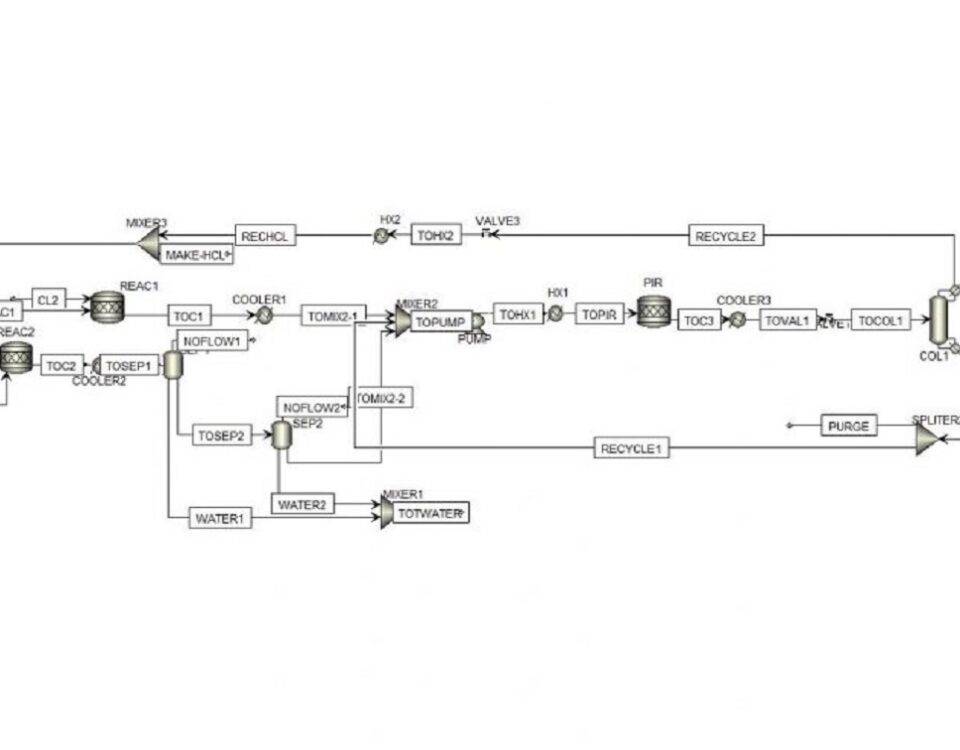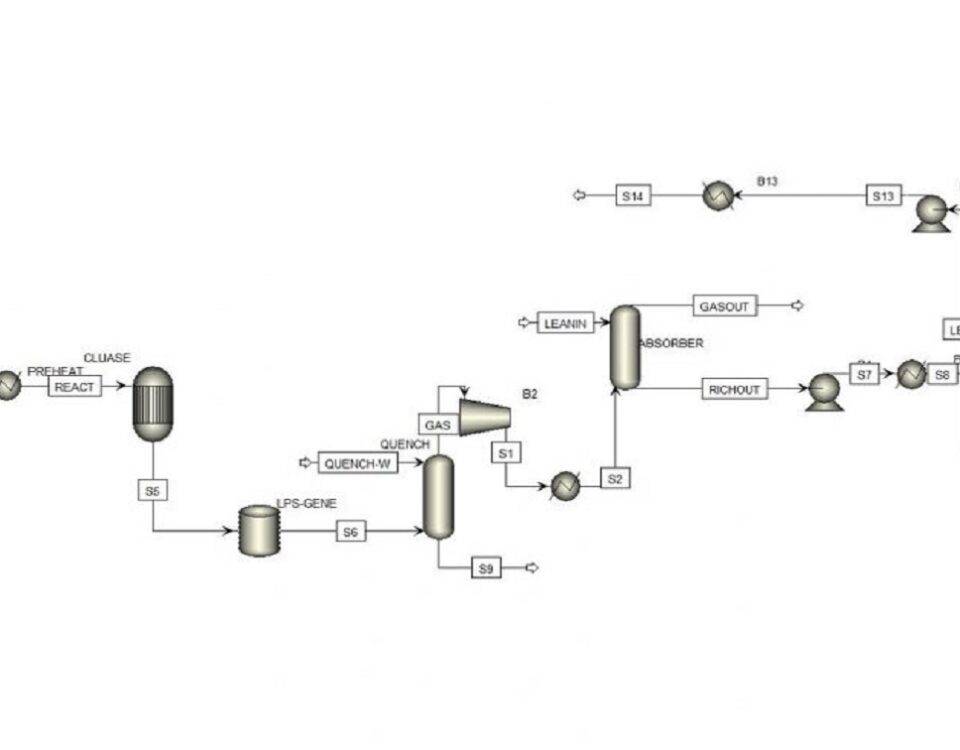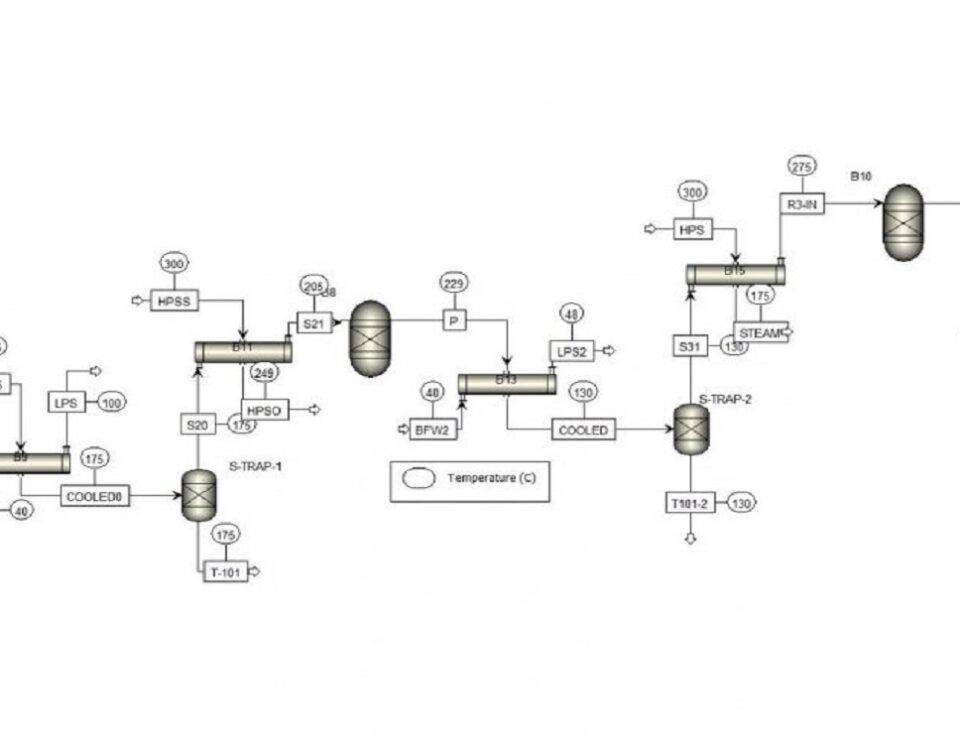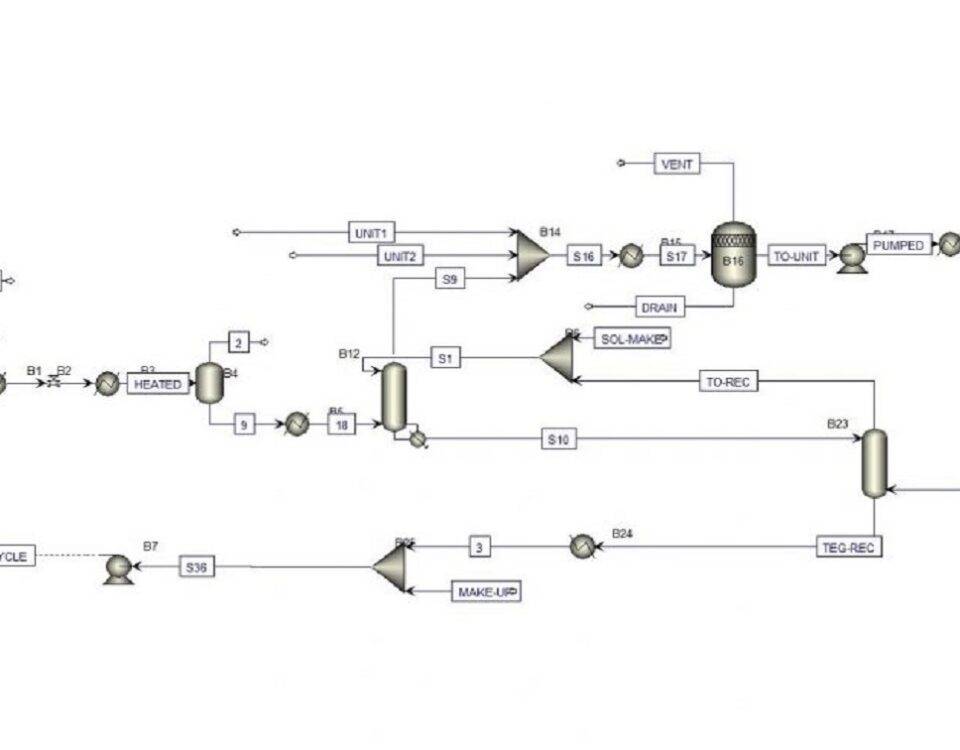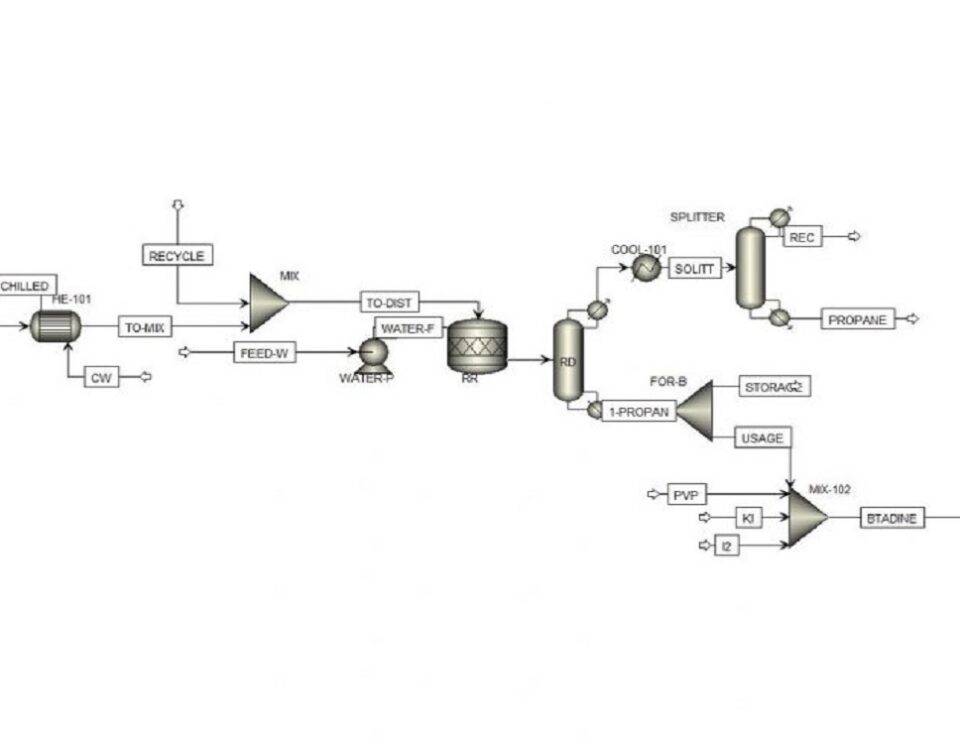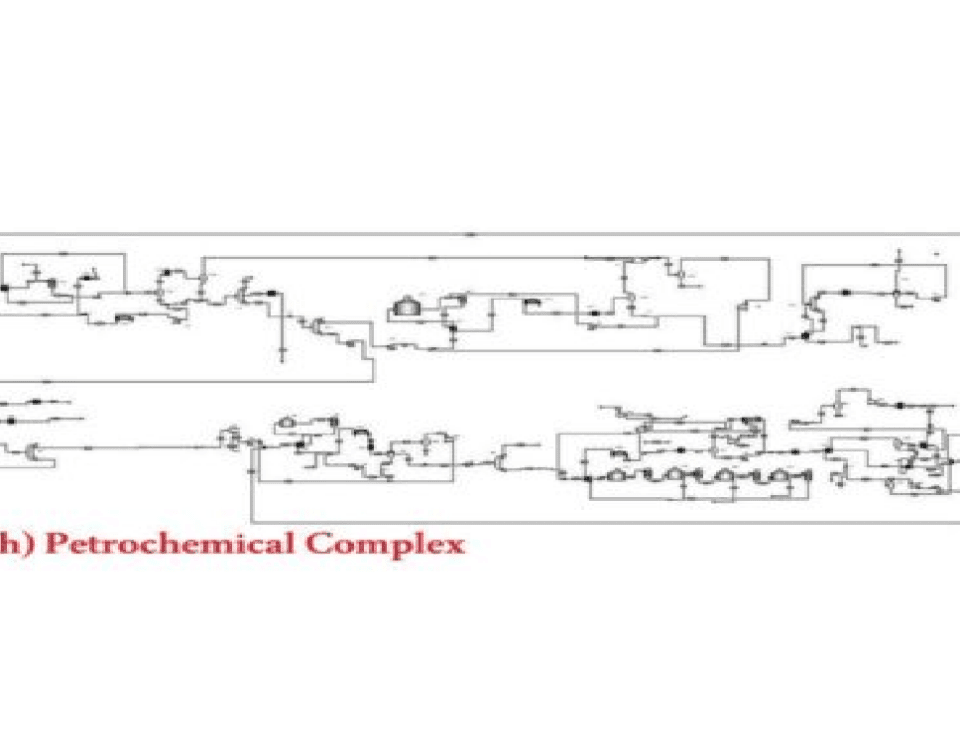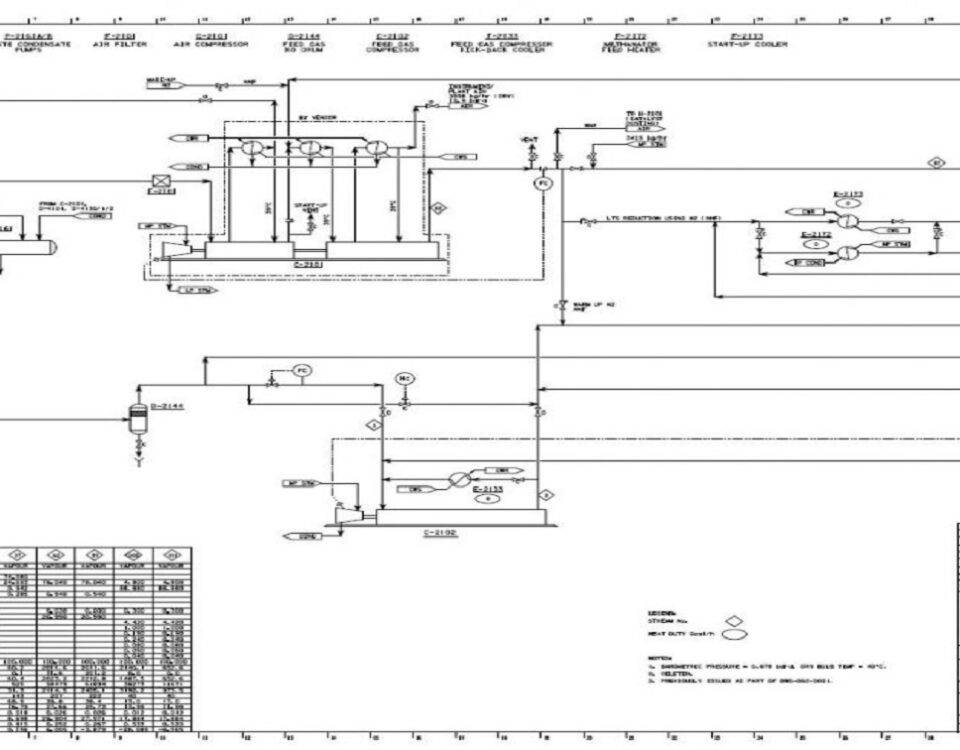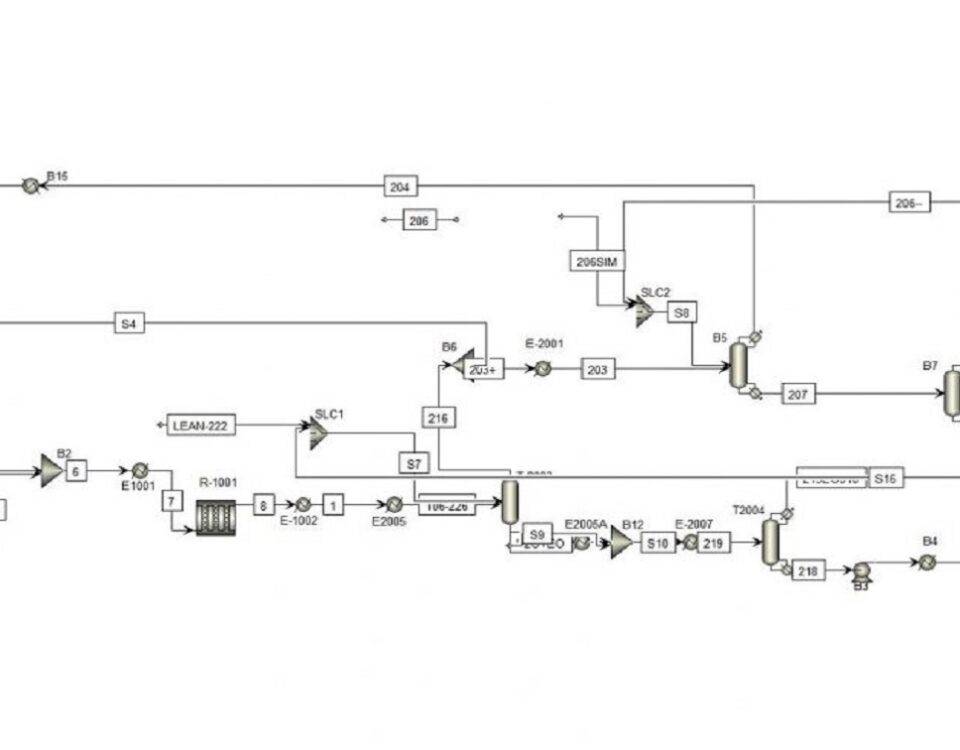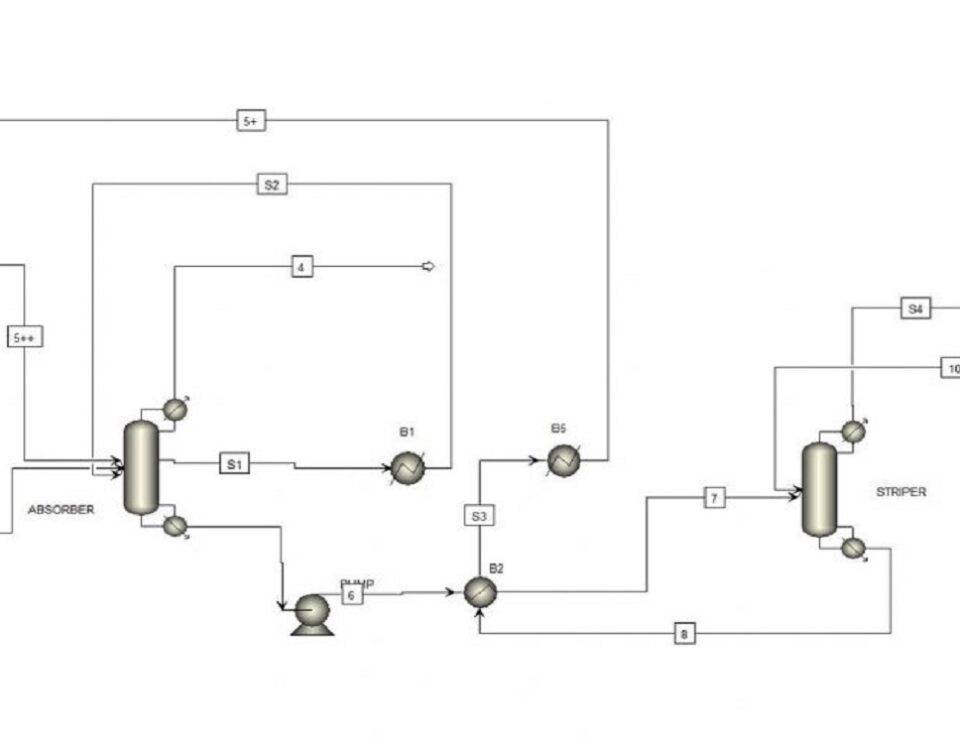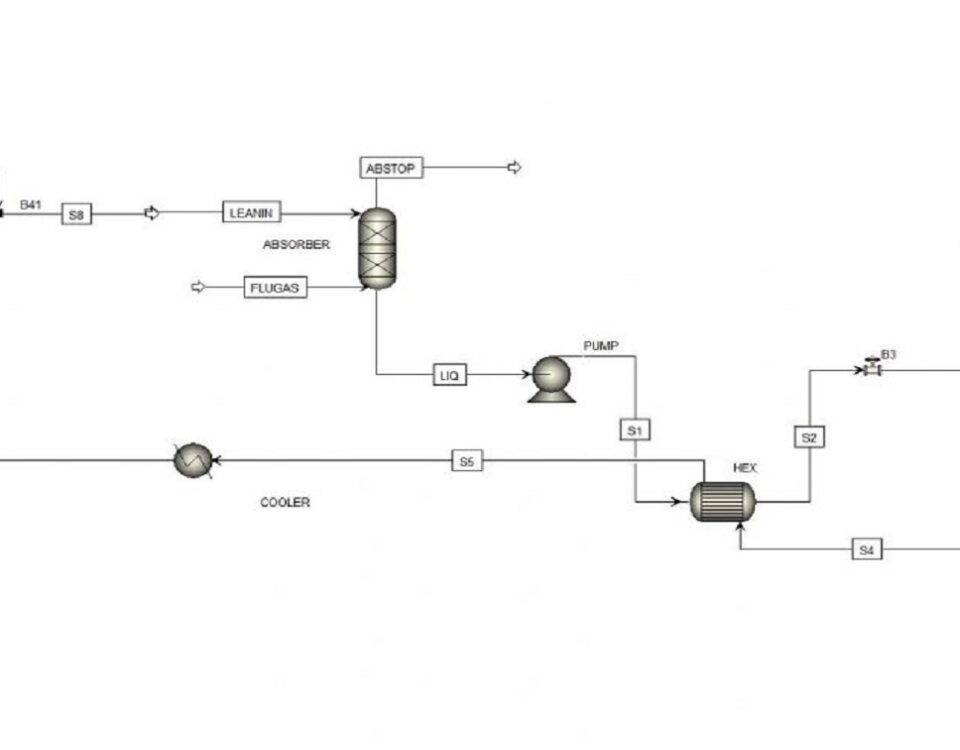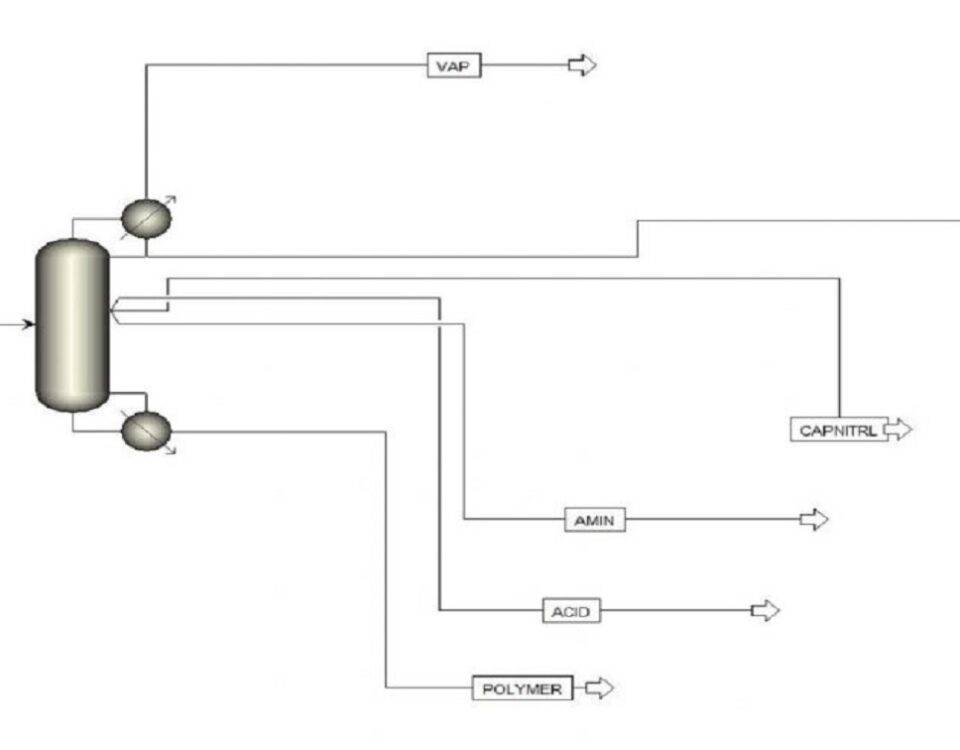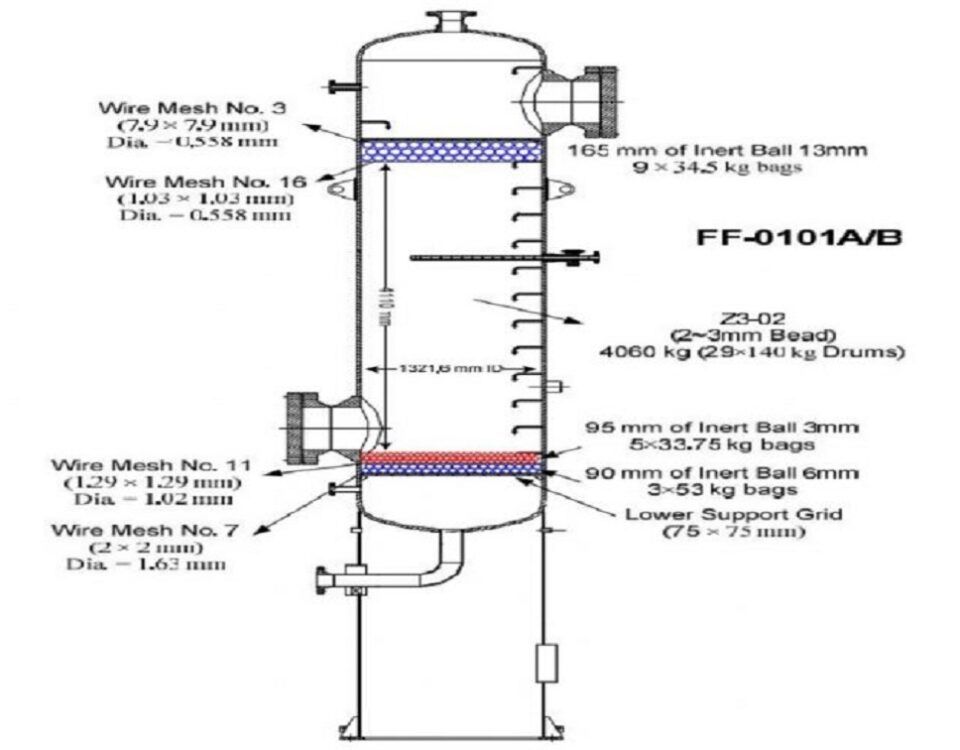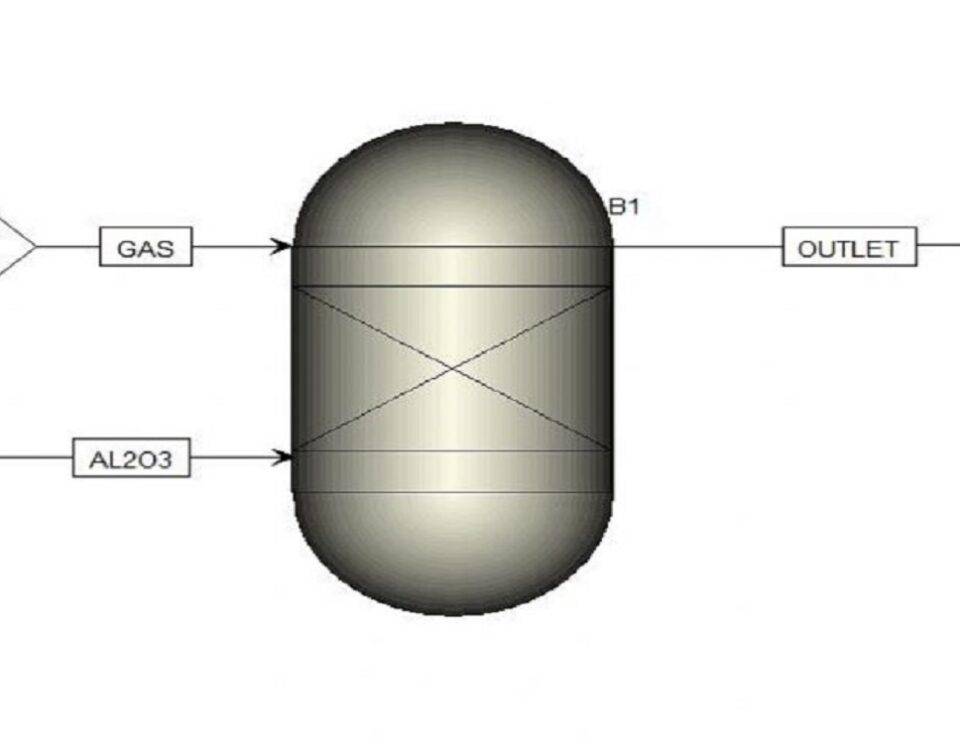
- Introduction The simulation of the separation process of normal propanol, ethanol, and methanol using Aspen Plus holds significant importance in chemical engineering. This software enables engineers […]
- Introduction The transportation of sour gas from offshore platforms to onshore refineries is consistently challenged by various issues, such as hydrate formation and corrosion, which can […]
- Introduction CSTR reactor: This reactor is mainly used in the industry and is often used for the liquid phase. A point that is very important in […]
- Introduction Chlorine-Alkali process is one of the most important industrial processes. which is used for the electrolysis of salt solution (sodium chloride or NaCl) in order […]
- Introduction Vinyl chloride is an organic chlorine compound, Vinyl chloride is also called vinyl chloride monomer. Vinyl chloride is a colorless and industrially important compound because it […]
- Introduction Ethanol is a potential energy source to replace dwindling petroleum reserves. Lignocellulosic materials are used to produce ethanol, and the primary process involved in converting […]
- Introduction The Claus process (SRU) is the primary sulfur removal process in petrochemical industries. It extracts elemental sulfur from hydrogen sulfide present in natural gas and […]
- Description Acrylonitrile is an organic compound with the chemical formula CH₂=CHCN. This compound is a volatile, colorless liquid, though commercial grades may contain impurities that can […]
- Acrylonitrile Acrylonitrile is an organic chemical compound with the chemical formula CH₂=CHCN. This compound is a volatile, colorless liquid with a distinct odor; however, commercial grades […]
- Introduction This process is used to recover sulfur compounds from sour gas streams in oil and gas refineries to prevent the release of polluting gases and […]
- Introduction Natural gas often contains methane and some amounts of ethane, propane, butane, and heavier hydrocarbons. Along with these substances, there are also impurities that need […]
- Introduction Feasibility studies for the production of povidone-iodine (betadine) play a crucial role in assessing the viability of establishing a manufacturing facility for this widely used […]
- Introduction In this project, several process design exercises have been solved and reviewed with Aspen Plus and Hysys software. Class Exercise 1 Question 1 Simulation of […]
- Introduction This project involved simulating the process units 100 to 700 of the Nouri Petrochemical Complex, a key and intricate industrial project. These units were modeled […]
- Description The design of the Kermanshah Petrochemical Ammonia Unit is based on reducing the energy of the ammonia process, under the technical knowledge (license) of Kellogg […]
- Introduction Ethylene oxide, also known as oxirane, is an organic compound with the formula C₂H₄O. This colorless, flammable gas has a faintly sweet odor and is […]
- Introduction The majority of CO2 separation techniques involve physical or chemical absorption of CO2 into a suitable solvent. Due to the strong dependence of physical absorption […]
- Introduction Simulation of CO2 Capture Using Enhanced Amines: Most CO2 separation processes rely on physical or chemical absorption of CO2 in a suitable solvent. Physical absorption […]
- Introduction In recent years, various processes have been employed in the hydrogen industry. One of the most common methods for hydrogen production is natural gas reforming […]
- Introduction Plastics encompass a vast array of polymeric materials, constituting approximately 56% of all industrial polymers. Deriving from the Greek word “plastikos” meaning “capable of being […]
- Description The need to know the most optimal process is one of the most important issues that is accepted by all designers in the world today. […]
- Introduction Propylene, also known as propene or methyl ethylene, is readily obtained from light petroleum fractions. It can be produced by steam cracking of propane and […]
- Introduction Poly Aluminum Chloride (PAC), a widely used coagulant in water and wastewater treatment, is available in both food-grade and industrial-grade forms. It is also known […]
- Introduction The goal of this project is to simulate a reforming unit using the reaction of natural gas with carbon dioxide to produce dimethyl ether (DME). […]
